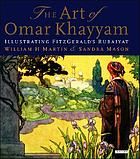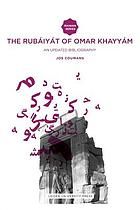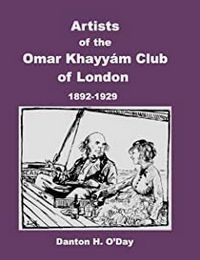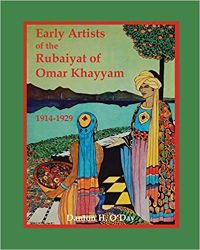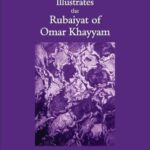William Morris, Edward Burne-Jones and ‘The Rubáiyát of Omar Khayyám’. Michaela Braesel.
Apollo (2004), (February)
Braesel discusses the manuscript designs by the British artists William Morris (1834-96) and Edward Burne-Jones (1893-98) for The Rubáiyát of Omar Khayyám which was translated in 1859 by Edward Fitzgerald. The author notes that two copies of the manuscript can be differentiated by Burne-Jones’s involvement in the designs, details Morris’s biographer Mackail’s account of the colour scheme adopted for the patterns in the manuscript, and compares the second version of the `Ynglings’ manuscript with patterns on the London manuscript for The Rubáiyát of Omar Khayyám. She notes Morris’s interest in designs featuring female musicians, traces the history of the small manuscript format, and examines Morris and Burne-Jones’s reasons for avoiding illustrating the dramatic segments of the text.
